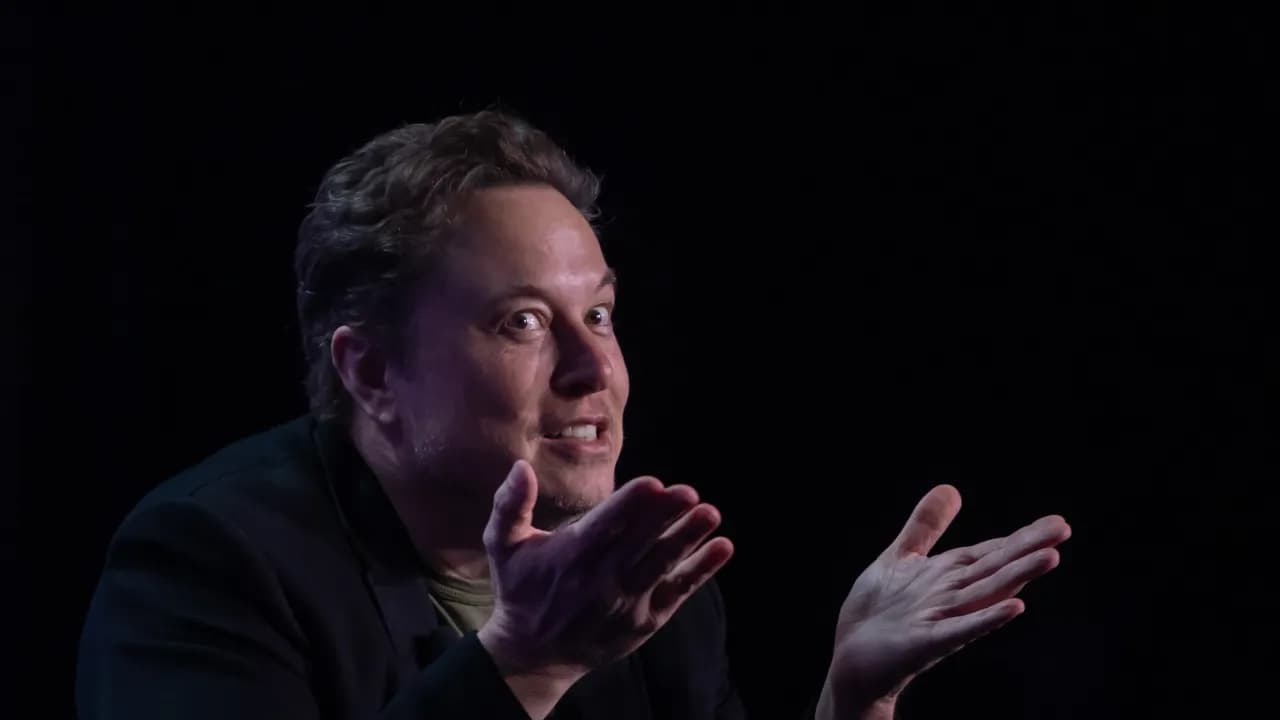Uber is ramping up robotaxi deals and EV incentives as Tesla battles lawsuits, regulatory probes, and criticism of its Full Self-Driving system.
Tesla CEO Elon Musk pushed back against Uber CEO Dara Khosrowshahi early Monday after the latter argued that autonomous vehicles need multiple sensors to achieve “superhuman levels of safety.”
Speaking on a podcast hosted by Indian entrepreneur Nikhil Kamath, Khosrowshahi said Alphabet’s Waymo has already shown it is possible for self-driving cars to surpass human abilities and stressed that all of Uber’s partners use a combination of LiDAR, radar, and cameras.
“In the near term, it’s going to be very difficult — and Elon [Musk] would tell me I’m wrong — to build a camera-only product that has superhuman levels of safety,” Khosrowshahi said, while noting that a camera-only system could reach that level “at some point in the future.”
Musk responded on X, rejecting the idea yet again that more sensors improve safety.
“Lidar and radar reduce safety due to sensor contention. If lidars/radars disagree with cameras, which one wins? This sensor ambiguity causes increased, not decreased, risk. That’s why Waymos can’t drive on highways,” he wrote, taking a swipe at Alphabet Inc.’s self-driving venture. Musk added that Tesla had disabled radar in its vehicles to improve safety.
Musk has previously dismissed LiDAR as “lame,” “stupid,” and a “fool’s errand” for autonomous vehicles, arguing that advanced computer vision systems using cameras are a superior, more “human” approach to self-driving that will ultimately prove more capable and less expensive.
Through March 2025, Waymo logged 71 million rider-only miles without a human driver, delivering markedly better safety outcomes than human benchmarks across all metrics. According to its website, overall crash rates, including serious injury or worse, fell by 88%, dropping to just two incidents versus 17 for the average human driver.
The exchange also comes as Uber ramps up its autonomous driving strategy. The company recently announced plans with Lucid Group and Nuro to deploy more than 20,000 robotaxis over the next six years.
Uber customers in Atlanta already have the option to ride in Waymo self-driving cabs, and the company is rolling out incentives to accelerate EV adoption, including $2,000 in benefits for Colorado drivers who switch to electric vehicles.
Tesla is facing scrutiny over its Full Self-Driving system. The company is being sued by customers and investors who claim it oversold the capabilities of the tech and glossed over safety concerns.
Regulators at the NHTSA are also looking into why Tesla hasn’t been filing crash reports on time. And when it comes to Tesla’s much-hyped robotaxis, critics aren’t holding back, with former Waymo CEO John Krafcik saying they can’t be called truly driverless if there’s still a safety driver sitting inside.
Still, Tesla is pushing forward with expansion, recently advertising for a robotaxi test driver in New York City.
On Stocktwits, retail sentiment was ‘bearish’ for Tesla and ‘neutral’ for Uber, with both on ‘low’ message volume.
While Tesla’s stock has declined 16% so far in 2025, Uber’s stock has risen 60.5% over the same period.
For updates and corrections, email newsroom[at]stocktwits[dot]com.<
